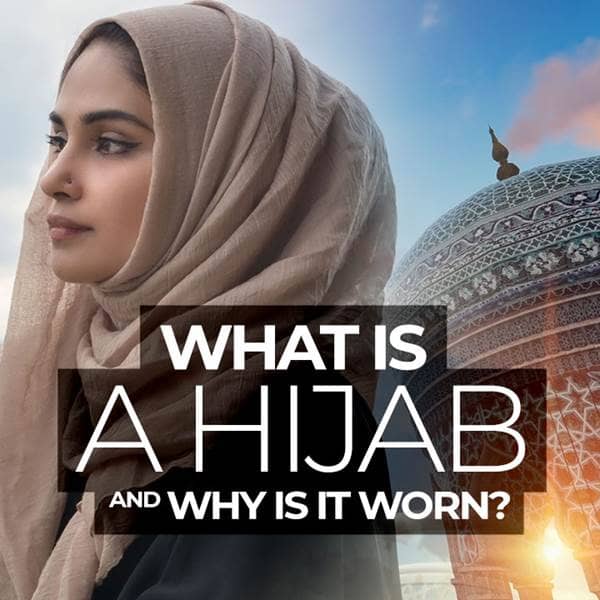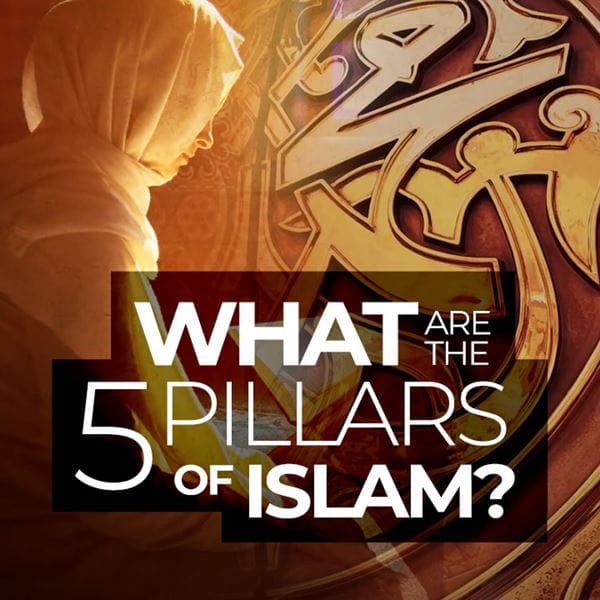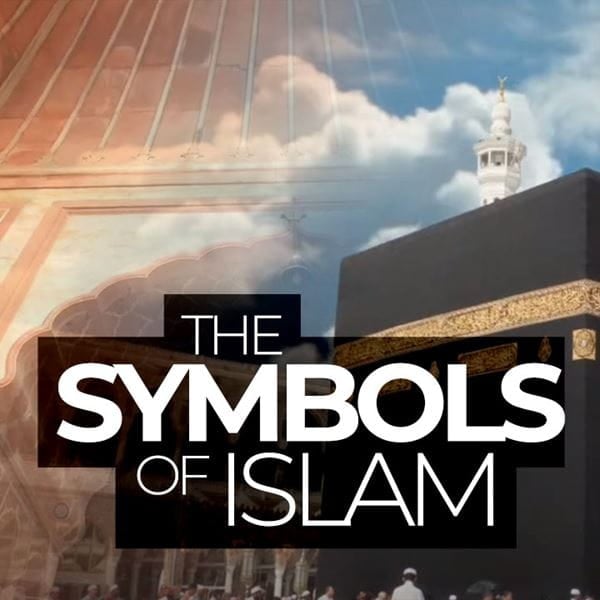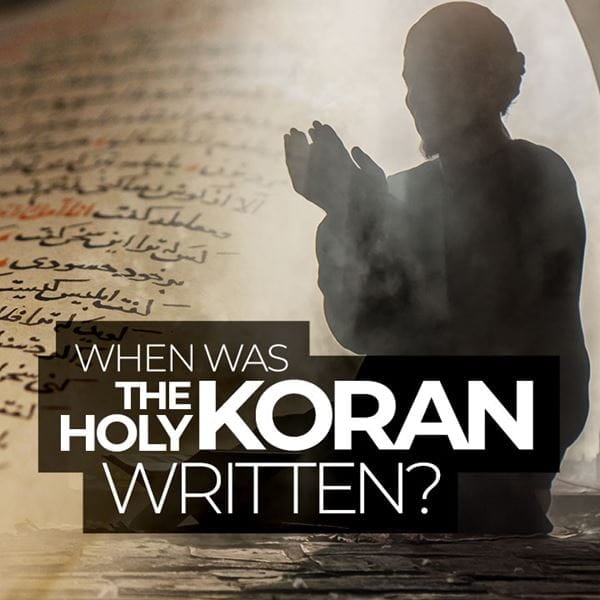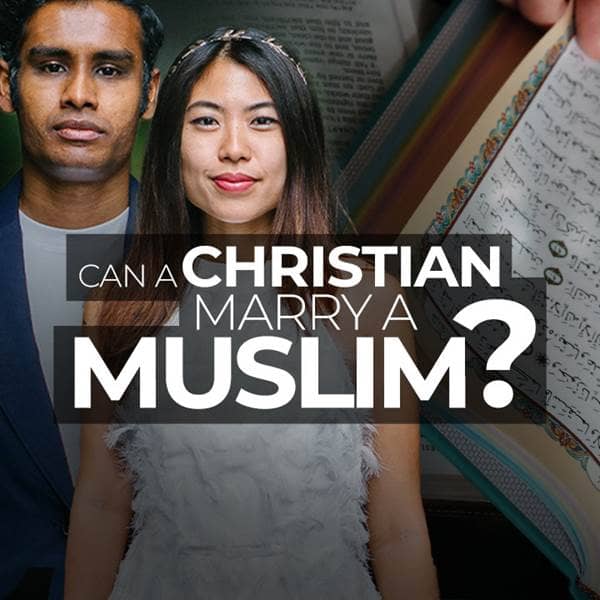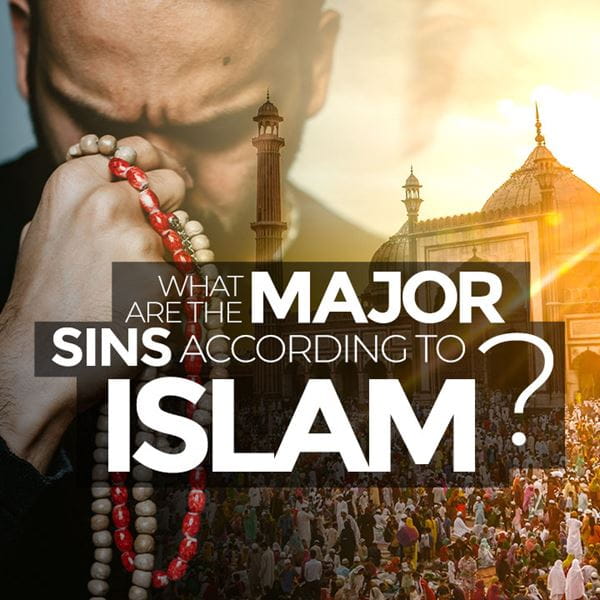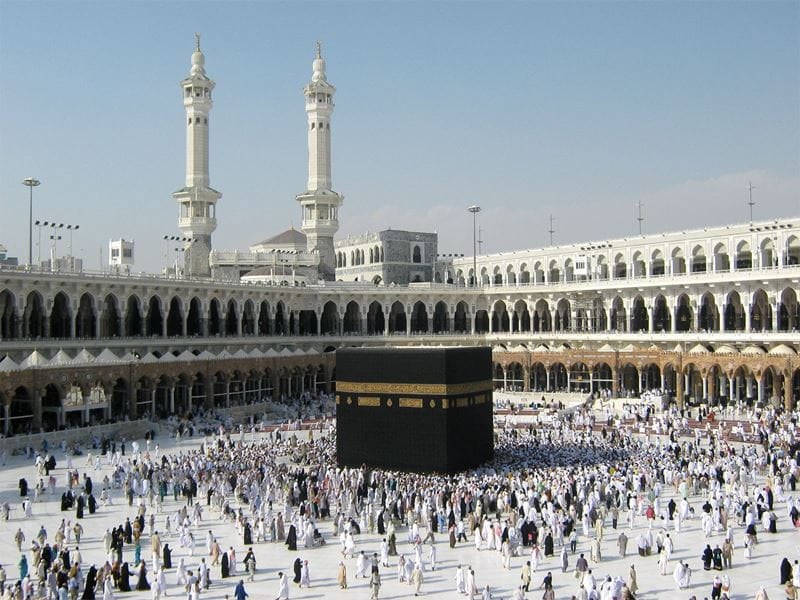
- Trending:
- Pope Leo Xiv
- |
- Israel
- |
- Trump
- |
- Social Justice
- |
- Peace
- |
- Love
The 100 Most Holy Places On Earth
Great Mosque of Mecca

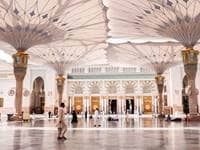
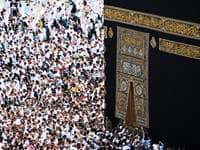
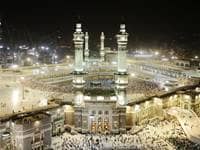
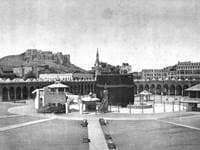
Also Known As:
Kaaba/Masjid al-Haram (Great Mosque of Mecca)
Associated Faiths:
Islam
Accessibility:
Open to Muslims only.
Annual visitors: 15,000,000 per year with as many as 4,000,000 during the annual hajj
History
The Kaaba is a black, cube-shaped building that sits in the center of the Masjid al-Haram. The Masjid al-Haram is the most important and largest mosque in Islam. It is located in the city of Mecca, in Saudi Arabia, and is the most sacred site upon the face of the planet to practicing Muslims.
Imbedded in the eastern corner of the Kaaba is the “Black Stone”—which Muslims generally think dates back to Adam—having fallen from paradise so that Adam would know where he was to build an altar. Muslims believe that Adamic altar was housed in the original Kaaba. According to tradition, the stone was originally white, but has turned black because of the sins of those who touch it. The stone is believed to have been lost during the flood, but Ibrahim (Abraham) is said to have found it and instructed his son (Ismael) to rebuild the Kaaba and embed the stone therein. Thus, Ibrahim and Ismael are responsible for the building (or rebuilding) of the Kaaba—which Muslims claim is the very first “House of God” (dating back to Adam).
We know that the Kabba pre-dates the life of the Prophet Muhammed and, thus, the founding of Islam. Many believe that, by the 7th century CE, it was a sacred site for numerous Bedouin tribes, most of which were either polytheists or animists. During the pre-Islamic era, the Kaaba housed numerous statues of pagan deities, along with many paintings or depictions of angels, Jesus, Mary, and various beings considered divine by those who worshiped there. Tradition says that some 360 different gods or idols were in the Kaaba, and Allah (which means literally “The God”) was one of the many gods worshiped therein by the various pagans who used the Kaaba. When Muhammed conquered Mecca (in 630 CE), he ordered the various pagan deities and depictions removed from the Kaaba.
The building was damaged by floods in around 600 CE. The prophet Muhammed is said to have participated in the reconstruction of it—even though it did not yet hold its current holy status. Upon the conquering of Mecca and the cleansing of the Kaaba, the Prophet declared the holiness of that sacred city and the Masjid al-Haram mosque, which houses the Kabba.
The Kaaba has been damaged and repaired or reconstructed numerous times in its long history—before and after the life of Muhammed. Because of its protected status now, it is largely preserved from such things, and is constantly protected and maintained. To this day, there is no more sacred place for believing Muslims.
Religious Significance
The Kaaba and the city of Mecca (where the Prophet Muhammed was born) are the most sacred sites upon the face of the planet for believing Muslims. Both the shrine and the city that houses it rest on the site which many Muslims claim is the very center of the earth. Thus, this holy city and its black-draped shrine are the focus of prayer, pilgrimage, and devotion for nearly two billion people scattered across the globe.
The Kaaba itself is considered by practitioners of Islam the Bayt Allah, or “House of God.” It is located in the center of the Masjid al-Haram, one of the most important mosques in Islam, and the largest in the world (with a capacity of 800,000). Mosques are Islamic houses of worship, and the name mosque means literally “place of prostration,” as one goes there to present one’ self before God. In mosques, Muslims “prostrate” or “submit” their person to Allah and His holy will. Not only does the Kaaba serve as the qibla (or the direction Muslims everywhere face when they pray, and towards which many Muslims face when reciting the Holy Qur’an), but it is also the ultimate place in which one desires to bow before God. As a consequence, it serves as the center of the Hajj (or pilgrimage)—one of the “Five Pillars of Islam” (which every faithful Muslim is expected to participate in at least once in his or her life).
An important part of the Hajj (and the Umrah, which is a “lesser pilgrimage” performed at a time of the year other than during the official Hajj) is approaching the Kaaba and engaging in Ṭawāf—which means literally “going about” (as in circling the Kaaba). Ṭawāf is the ritual of circumambulating the Kaaba seven times in counterclockwise direction. Symbolically, this united circumambulation represents the unity of the Muslim people—as does praying toward the Kaaba at the five appointed times each day. Muslims are to be united in their belief, united in their practice, and united in their trust in Allah—the one and only God that has or ever will exist (according to Islamic teaching).
Prior to approaching the Kaaba, prior to engaging in ṣalāt (or prayers), prior to reading the Qur’an, and prior to approaching Allah, one must engage in wudo (or a ritual washing for the purpose of purification). Presenting yourself before God in a state of cleanliness shows a reverence for the divine and a reverence for the “sacred space” which the Holy Kaaba (or “House of God”) represents and creates.
In the minds of many Muslims, a visit to the Kaaba is believed to have the potential to expiate the sins of the visitor. For the vast majority of Muslims, the Kaaba is the holiest spot, in the holiest mosque (Masjid al-Haram), in the holiest city (Mecca) on the face of the planet. To visit there, to participate in the Hajj at the Kaaba, to circumambulate the House of God, to pray facing the Kaaba, and to touch the “Black Stone” (in the eastern corner of the Kaaba) is, for most Muslims, the most sacred and powerful experience of their lifetime.


